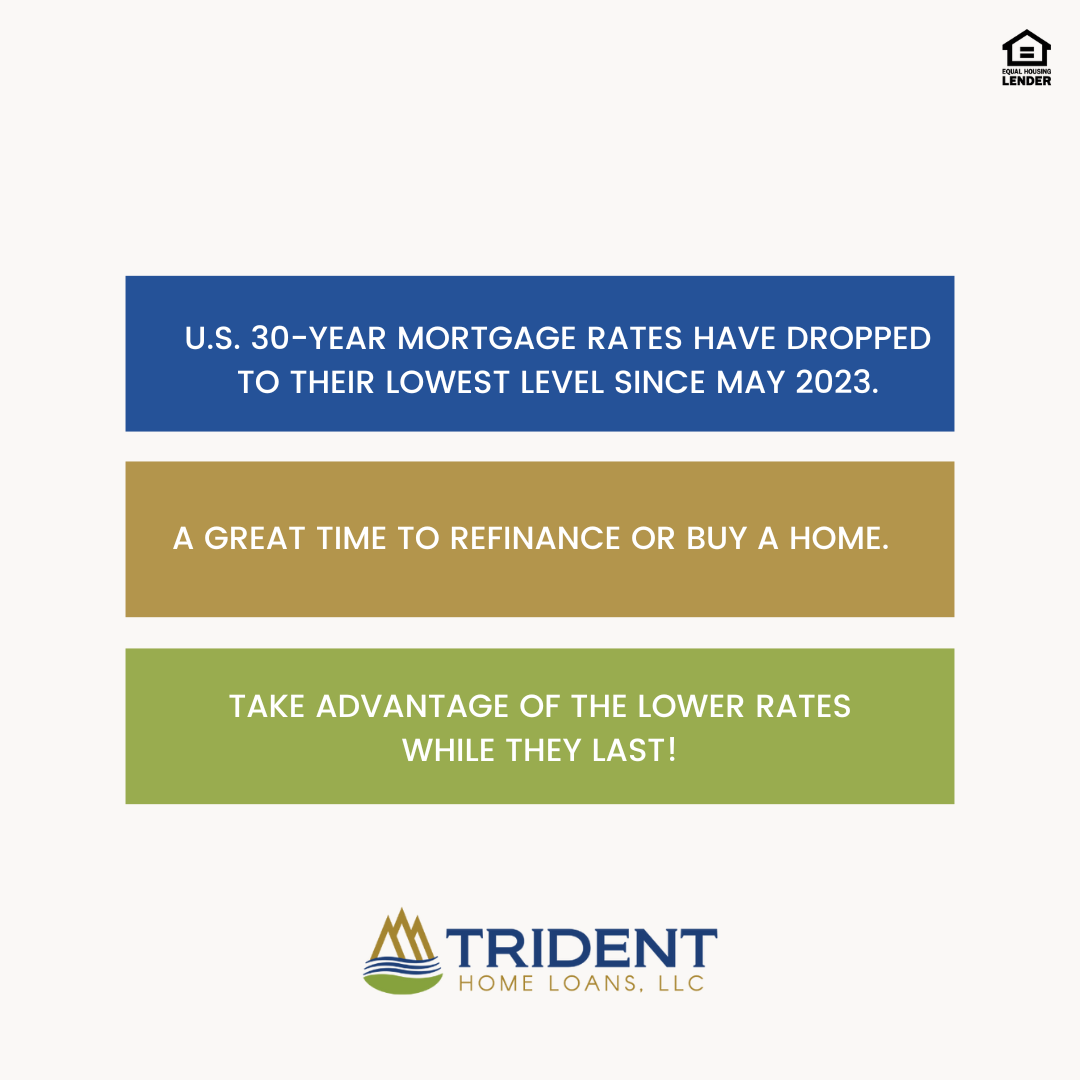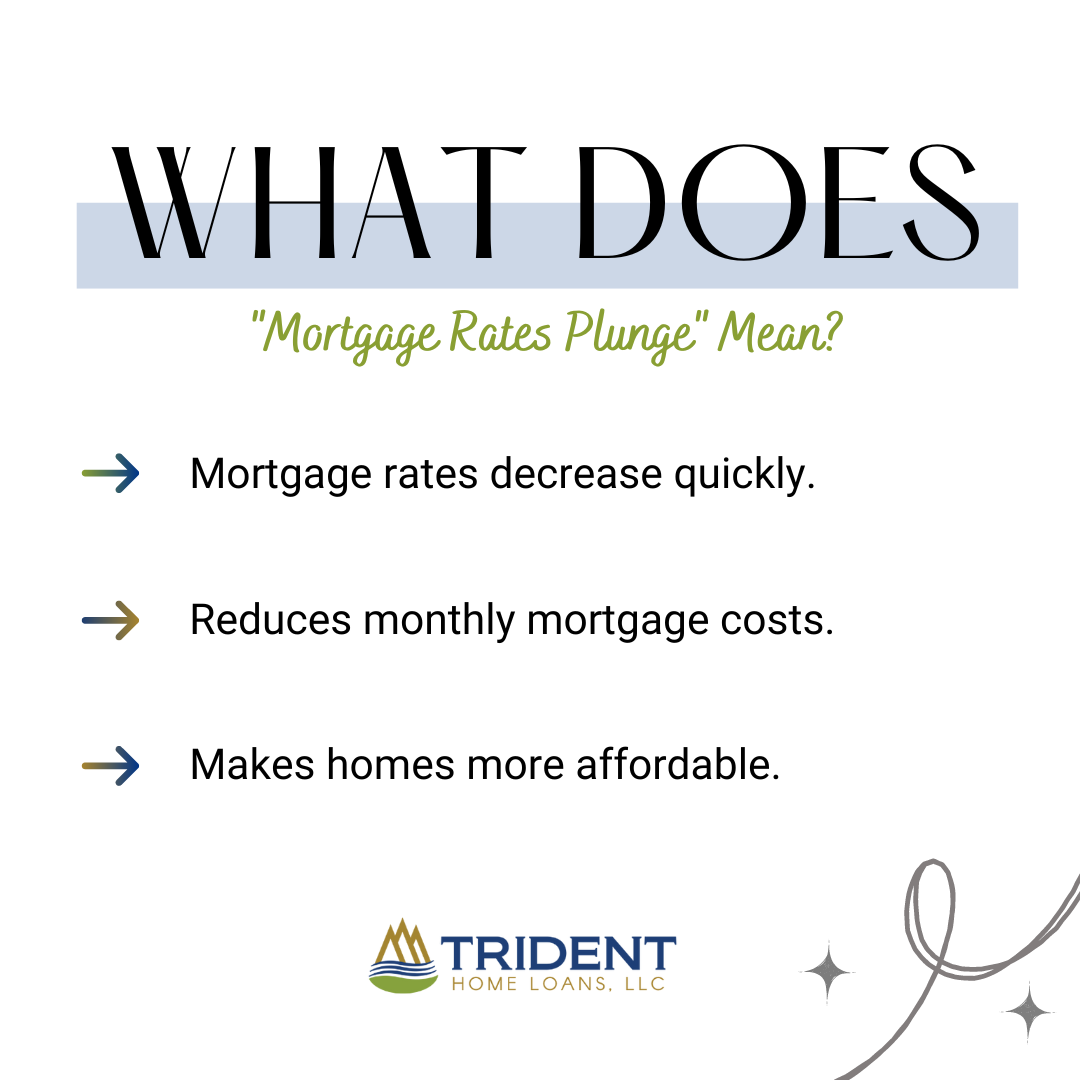
Mortgage Rates Plunge
In recent months, the global financial landscape has seen significant shifts, one of the most notable being the mortgage rates plunge. This drop in mortgage rates has sparked considerable interest from prospective homebuyers and homeowners looking to refinance. Mortgage rates, which dictate how much borrowers pay for home loans, have been steadily declining due to various factors such as economic uncertainty, inflation concerns, and central bank policies.
The mortgage rates plunge can be a great opportunity for those looking to lock in lower interest rates, potentially saving thousands over the life of a loan. For many, the decline means more affordable monthly payments and greater accessibility to homeownership. However, it’s essential to understand the underlying causes and the potential long-term effects on both the housing market and individual borrowers.
Several reasons contribute to the current mortgage rates plunge, including:
- Inflation control efforts by central banks.
- Slowing global economic growth.
- Increased demand for safer, long-term investments like government bonds.
- Fluctuations in international financial markets.
Each of these factors plays a role in pushing mortgage rates lower, offering new opportunities for borrowers but also creating uncertainty about how long these rates will remain low.
US 30 Year Mortgage Rates Plunge to Lowest Since May 2023
One of the most talked-about trends in the mortgage industry is the dramatic decline in US 30 year mortgage rates plunge to lowest since May 2023. This drop has brought the long-term borrowing costs for homebuyers to levels not seen in months, creating a surge of interest in the housing market.
For many, the u.s. 30-year mortgage rates plunge to lowest since May 2023 is an indication of broader economic trends. The Federal Reserve’s actions to stabilize the economy, combined with global uncertainty, have contributed to this sharp drop in rates. As a result, buyers are rushing to secure loans before the rates potentially rise again.
Here’s how the current rates compare to previous months:
- In May 2023, 30-year mortgage rates averaged around 7.0%, but they have now dropped below 6.5%, offering a significant reduction for long-term borrowers.
- Many analysts predict that these lower rates may hold for some time, but they could also rebound quickly if inflation surges or if the Fed changes its monetary policy stance.
- Refinancing activity has increased by over 25% since the rate drop, with more homeowners taking advantage of this opportunity to lower their monthly payments.
This plunge in rates is creating renewed interest in homeownership, particularly for first-time buyers who were previously priced out of the market due to higher rates. However, it’s essential to act quickly as such favorable rates may not last long.

Mortgage Rates Plunge Meaning
The term mortgage rates plunge meaning refers to a significant and rapid decline in the interest rates that are applied to home loans. This plunge can occur due to several economic factors, including market instability, changes in central bank policies, and global financial trends. For homeowners and potential buyers, a mortgage rates plunge signals a period of lower borrowing costs, making it more affordable to purchase or refinance a home.
Understanding the mortgage rates plunge meaning is crucial for making informed decisions about homeownership or refinancing. When mortgage rates drop, it creates an opportunity for borrowers to:
- Secure lower interest rates, reducing the total cost of the loan over time.
- Lower monthly mortgage payments, freeing up cash flow for other expenses.
- Increase affordability, allowing buyers to qualify for larger loans or more expensive homes.
However, it’s important to note that a mortgage rate plunge doesn’t always guarantee long-term stability. Economic conditions can change rapidly, and what may seem like a favorable rate today could rise tomorrow. Therefore, borrowers should consider their financial situation and consult with mortgage professionals before locking in a rate.
Source: Trident Home Loans

